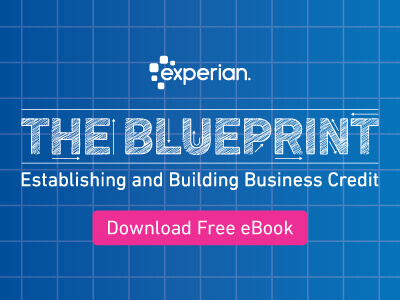
Welcome to the Experian Thought Leadership Hub
Gain insights into the fast-changing world of consumer and business data through our extensive library of resources.
2 resultsPage 1
 eBook
eBook
Are you a small business owner navigating the process of establishing your business credit profile?
Experian is here with a helpful guide about business credit and how it works to help you on your journey. From understanding how business credit scores and Reports are originated, to employing best practices for building up a strong business credit report, the Experian Blueprint is here to assist you every step of the way.